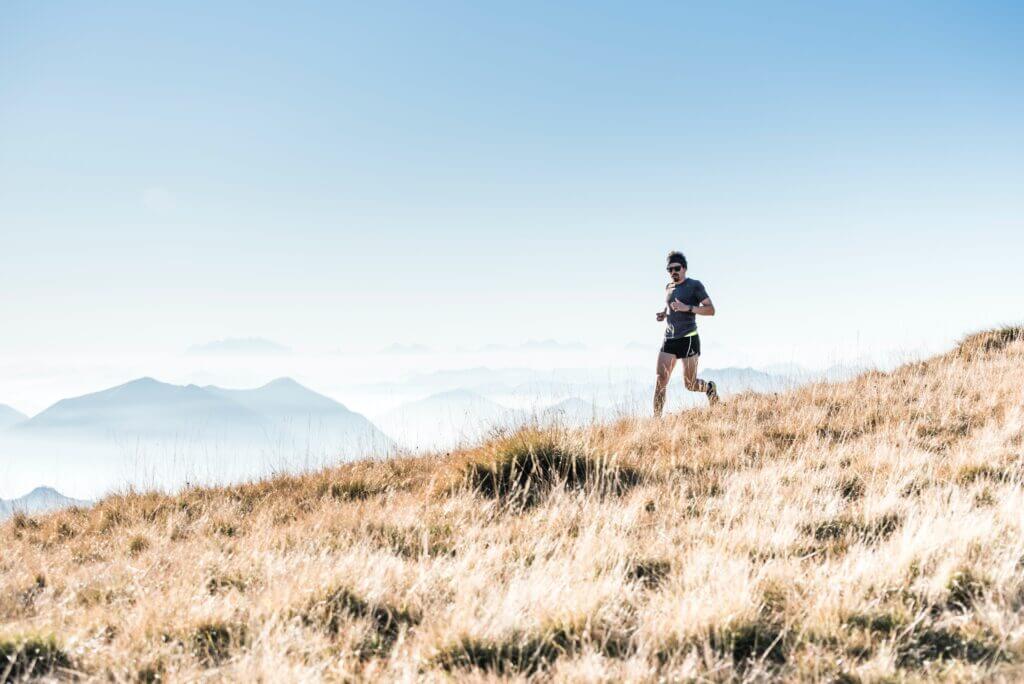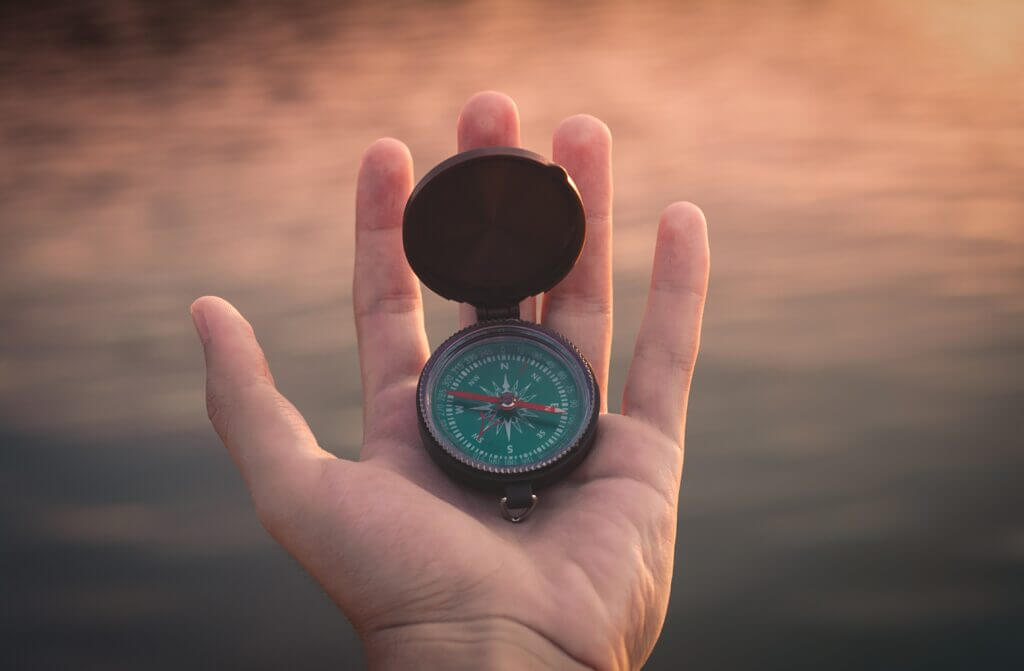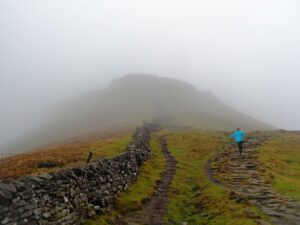Characterised by off-road races over the upland countryside with considerable gradients, fell running is a distinct form of the sport which traces its origins back to the bucolic fells of Northern Britain, notably the Lake District. The sport shares some similarities with trail running, cross-country, and mountain running but retains its unique flavour due to certain distinctive elements.
Fell running races are predicated on the understanding that participants are well-versed in mountain navigation and equipped with essential survival gear, as stipulated by the organisers. Although it shares several traits with cross-country running, fell running is set apart by the more intense inclines and the wild, upland landscapes that form its terrain. While it bears a resemblance to mountain running, the absence of smoother trails and predetermined routes differentiates the two disciplines.
One of the most compelling aspects of fell running is its unpredictability. The volatile weather conditions paired with challenging terrain demand not just speed but strength and resilience, making fell running a sport for those with a certain degree of grit. A significant technical skill required is the ability to discern the most efficient routes since many times, the course taken is a nebulous trail running between two checkpoints. The absence of a clear path compels the runners to place their trust in their compass rather than following fellow participants.
The terrain of fell running is starkly contrasted by cross-country, wherein the climbs are less demanding and the course itself occurs in a more regulated environment. Predicting a winner in cross-country is relatively straightforward, considering the fewer variables in play and the reduced chances of runners losing their way.
In many respects, trail running bears a resemblance to fell running, though the climbs are much less formidable and the pathways much more conspicuous and runnable. Mountain running, with its comparable trail inclines, is the closest counterpart to fell running. However, the challenges of negotiating the difficult, sodden and soft terrain of the fells, combined with fewer obvious paths, create a more challenging setting for fell races. Another differentiating aspect is that runners participating in mountain races are conventionally faster, as speed plays a more decisive role in these competitions.

The Origins and Evolution of Fell Running in the United Kingdom
The historical annals reveal that hill racing found its genesis in the heart of Scotland, with the first documented race orchestrated by King Malcolm Canmore in the picturesque town of Braemar. Its inception in either 1040 or possibly 1064 had the practical intent to recruit a fleet-footed messenger. This intriguing event seemingly served as the forerunner to the revered Braemar Gathering, though no factual linkage has been unearthed connecting this ancient initiative to the subsequent 19th-century fell races.
With the advent of the 19th century, a tradition arose of conducting fell races as an integral element of community fairs and sporting festivals. This homespun sport was entrenched within the ethos of local communities, acting as a barometer for physical prowess. Fell races were held amidst a medley of sporting events, ranging from wrestling matches and sprint races to the Scots-favoured robust challenges such as hammer throwing. The fairs, steeped in culture and commerce, were the stage for not only sporting events but livestock exhibitions and sales, intertwined with music, dancing, and a dose of revelry.
In these rural communities, predominantly inhabited by shepherds and farm workers, these sporting spectacles served as a platform for demonstrating professional supremacy, resulting in riveting entertainment for onlookers. England’s most illustrious manifestation of this cultural phenomenon is the Grasmere Sports meeting, set in the enchanting environs of the Lake District. The annual event, known for its much-acclaimed Guide’s Race, graces the August calendar even to this day.
The Fell Runners Association came to life in the spring tide of 1970, driven by the need to streamline the scheduling of events for this grass-root level sport. As of the year 2013, the association has become the custodian of England’s amateur fell running community, operating under the patronage of British Athletics. Despite the existence of distinct governing bodies for each nationality within the United Kingdom, the sport’s essence remains largely consistent across borders. Each nation maintains its unique tradition of fell running, marking the annual calendars with prominent races such as Scotland’s Ben Nevis Race, a fixture since 1937, and Wales’s celebrated Snowdon Race.
Intersections of Fell Running with Other Endurance Sports
Fell running, colloquially referred to as hill running, especially within the realms of Scotland, can often be interchangeably used with the term mountain running. This is seen in instances such as the Northern Ireland Mountain Running Association, although distinctions may arise in reference to WMRA races. These are typically characterised by courses that are smoother, drier, and devoid of the route alternatives that are generally available within fell races.
Courses for fell races tend to be significantly lengthier than those for cross-country running and are usually nestled on considerably steeper terrains that bear no markings, albeit a select few exceptions. The sport often finds itself being compared and intertwined with orienteering, the courses being equally extensive but with lowered emphases on navigation.

Certain fell-running aspects necessitate adept navigation skills, especially in treacherous mountainous scenarios where route determination and selection play key roles. These requirements may intensify under poor meteorological conditions. Yet, in a majority of fell races, the course’s route and a sequence of key checkpoints are often disclosed prior to the race. This encourages runners to familiarise themselves with the course, thereby minimising potential time losses. Category O events and Mountain Marathons are prime examples that put navigational abilities to the test, appealing to both orienteers and fell runners alike. Additionally, multi-terrain races, such as the celebrated Cotswold Way Relay or the renowned Long Mynd Hike, also qualify as fell races under the regulations set by the Fell Runners Association.
Certain aspects of fell running can potentially overlap with trail running. The latter typically takes place on well-trodden paths or tracks of relative ease and does not necessarily impose the stern requirements of significant ascent, which fell running does.
Fell Running and Rock Climbing: Tackling the UK’s Challenging Terrains
Fell running is a demanding sport that doesn’t inherently incorporate rock climbing. The courses are inherently susceptible to alterations, contingent on the stability of the terrain. However, a select group of fell runners who have honed their skills in rock climbing do attempt to set records on ridges that blend running with elements of scrambling and precipitous ascents. In such instances, it’s typically where a 24-hour or less record is on the line.
One of the noteworthy locations for such endeavours in the United Kingdom is undeniably the grand traverse of the Cuillin Main Ridge on the captivating Isle of Skye. This challenging pursuit, known as the Greater Traverse, encompasses the formidable Blaven as well as the iconic Lakes Classic Rock Round.
Fell Running: Key Organisations and Race Calendars
The Fell Runners Association (FRA) annually provides the public with a comprehensive schedule of between 400 and 500 competitive events. In parallel with these, less advertised races are coordinated across an array of UK locales. Additionally, the British Open Fell Runners Association (BOFRA) compiles a more concise calendar, typically offering 15 championship sprints and a variety of smaller gatherings such as galas and exhibitions. The majority of these are a natural extension of the existing professional guide races, operating across England and Scotland and culminating in the organisation of a championship series.
In Scotland, all known hill races, whether professional or enthusiast level, are dutifully recorded within the annual agenda curated by Scottish Hill Runners. Paralleling this service in Wales is the Welsh Fell Runners Association, whilst, in Northern Ireland, the Northern Ireland Mountain Running Association presides over such events. It is an implicit understanding that all participants in these daring races will need to brandish competent navigational skills specific to mountainous terrain and be equipped with necessary survival gear.
Across the Irish Sea, the Irish Mountain Running Association coordinates similar events within its own jurisdiction. Furthermore, on a greater scale, the World Mountain Running Association stands as the overarching regulatory body, fortified by its affiliation to the International Association of Athletics Federations or the IAAF. One of its crucial organisational undertakings is to manage the World Mountain Running Championships, which are the epitome of the sport globally.
Additionally, it oversees numerous continental championships across the globe, encompassing such events as the African, European and South American Mountain Running Championships and the impressive North American Central American and Caribbean Mountain Running Championships. Thus, fell-running becomes a truly globally inclusive sport, with various events and associations catering to all regions.
Understanding the Thrill and Challenges of Fell Running
Embracing the Physical Demands of Fell Running
Fell running evokes an inexorable allure; it is undeniably habit-forming.
Rather than being a mere competition against fellow athletes, it becomes a contest against the formidable elements and the relentless landscape. This exceptionally demanding sport requires both physical robustness and mental resilience in equal measure. There exist neither shortcuts nor gentle races within this endeavour. Its primal imperative is to endure discomfort, propelling the body to its utmost limits. A participant’s legs must possess the fortitude to grapple with steep, daunting ascents and control heart-stopping descents at a startling pace. This strenuous yet exhilarating pastime, despite its severity, offers immense gratification.
The Unique Appeal of Fell Running: A Personal Perspective
Fell running presents a remarkable contrast to its road-bound counterpart. The latter is inherently more commercialised, necessitating greater financial investment for competition entry and affording less risk associated with the potential loss of bearings, injuries, or fatal exposure to mother nature’s wrath.
In contrast to the predictability, banality, and perceived safety of treading the asphalt, fell running throws down the gauntlet in terms of environmental challenges, inviting its participants to compete against formidable mountainous terrain rather than merely racing against time.
An innate sense of fellowship and camaraderie is palpably present within fell running circles. Whilst competitors may represent a myriad of clubs, the reality paints a picture of a single unified team. This clandestine consortium of friends is bound by their mutual affinity for the great outdoors. This sentiment of belonging to an expansive, welcoming family is a compelling aspect of the sport, rendering it distinctively unique and gratifying.
Getting Started with Fell Running: A Guide for Beginners
Initiating Your Journey as a Fell Runner: Tips and Suggestions
Allying with fellow runners is an optimum strategy for newcomers to plunge into the exhilarating world of trail running. The Fell Runners Association website provides a comprehensive catalogue of clubs throughout the nation — reaching out to one in your vicinity would link you to a supportive community poised to guide you in this exciting journey and deliver invaluable advice.
Embarking on this venture needs to be unencumbered by preconceived notions, as the transition to navigating over coarse grass, craggy pathways, steep hillside routes, brooks, rocky outcrops, and stiles mandates a certain degree of adaptability. Carry no illusions about your established times on the tarmac translating seamlessly onto fell running — discovering yourself walking in certain sections as you acclimatise to the novel topography is a real possibility. It is essential to maintain patience and perseverance, as steady improvements will soon become apparent with consistent practice.
Health and Fitness Benefits of Fell Running
Fell running is renowned for providing an unrivalled cardiovascular workout, especially due to the steep inclines characterising this sport. It presents an exceptional opportunity for improving coordination skills as well as enhancing balance, in addition to furnishing formidable strength training for the core muscles. Despite the seemingly effortless downhill sections, the challenging terrain necessitates a continuous activation of a wide array of muscles. Beyond the physical benefits, fell running offers an exhilarating experience that is greatly beneficial for mental well-being. Furthermore, it also fosters cognitive abilities, encompassing navigational skills and map reading.
Mastering the Art of Descents in Fell Running
Equally as pivotal as developing robust uphill stamina in fell running is mastering the technique for the descent. Descending precipitous slopes can be daunting, primarily when the terrain beneath feels insecure. It is imperative to ensure one’s footing is meticulously observed whilst simultaneously leaning into the downward inclination. Undeniably, this may contravene the natural course of one’s reflexes; however, it serves to alleviate the muscle strain experienced significantly. Moreover, fortifying one’s ankles and quadriceps through relevant cross-training—such as cycling or hill-walking—and targeted leg exercises could distinctly diminish the potential risk of injury and subsequent discomfort.
Tips for Choosing Your Fell Running Route: Guidance for Beginners and Beyond
When embarking on the thrilling pursuit of fell running, it is advisable, to begin with clearly marked trails. For those uncertain about where to commence their journey, liaising with practised local fell runners or perusing the Fell Runner’s Association forums for recommended courses proves to be helpful. Once confidence has been established in this pursuit, it would be beneficial to enhance navigational skills. Mastering the art of map reading and compass usage will invite a treasure trove of unexplored training routes. Additionally, these skills may significantly expand the range of competitive events available.
Choosing the Right Footwear for Fell Running in 2022
A stellar pair of fell shoes represent indispensable gear for this invigorating pursuit, as typical running shoes fail to adequately navigate the punishing, rugged terrains and sheer gradients, particularly amidst damp conditions. Ideal models would feature a lowered heel (which mitigates the potential for ankle injuries), large studs incorporated into the sole (enhancing traction), and a tightly conforming upper. Reputable brands such as Walsh & Inov-8 are widely recognised in this field. A comprehensive summary of premier trail running footwear for the year 2022 has been encapsulated herein.
Mastering Strategy and Mindset for Successful Fell Running
As with all athletic pursuits, meticulous preparation remains paramount for achieving success. Matches are often decided in mere moments; thus, the importance of route reconnaissance and strategic alignment selection cannot be overstated. Comprehending the course is undeniably beneficial; however, the capriciousness of the weather conditions can entirely transform an accustomed route on the day of the race. Carrying out a thorough reconnaissance of pivotal races and crafting tailored training for these key events avoids leaving outcomes to unpredictability. Heightened confidence in both their familiarity with a specific track and their individual capability significantly increases the likelihood of securing a victory on the day of the race.
Possessing prior experience substantively contributes to refining one’s skill in fell running. Understanding the nuances of competing, accurately assessing one’s exertions, discerning the optimal lines to pursue, and acquiring the mastery to traverse safely across perilous and demanding terrains, are all essentially integral. Fell running harbours an exceptional amount of tactics, distinguishing it from other sports where the prime athlete does not invariably triumph. The advantage unequivocally lies in adopting a savvy strategy when racing.


